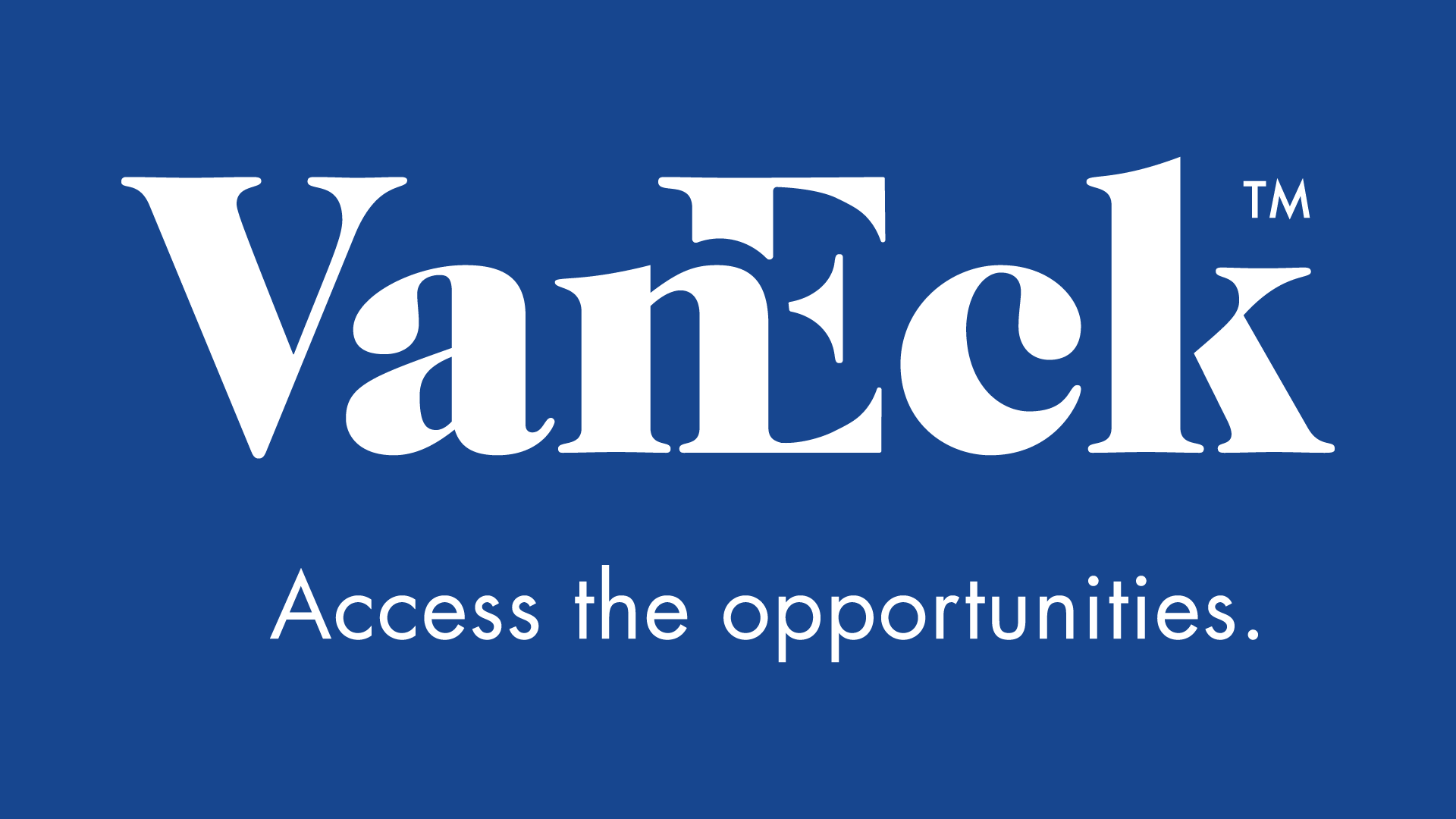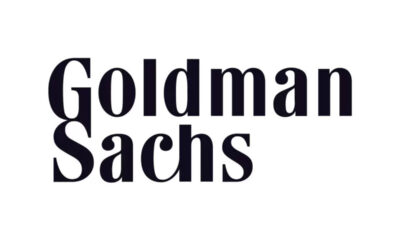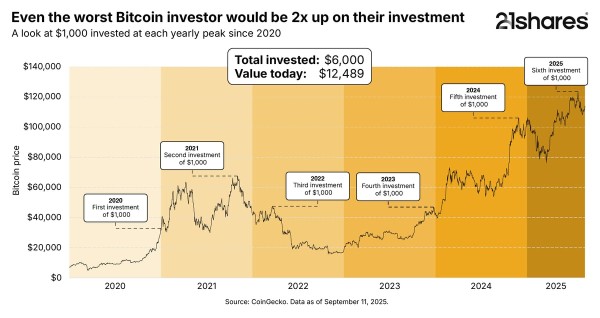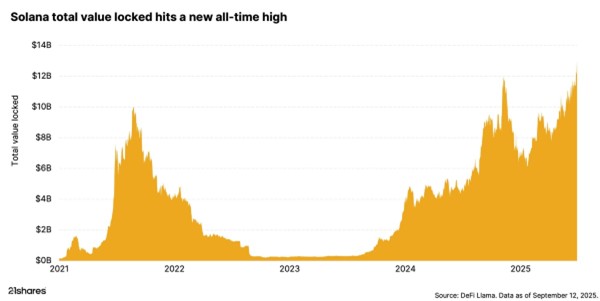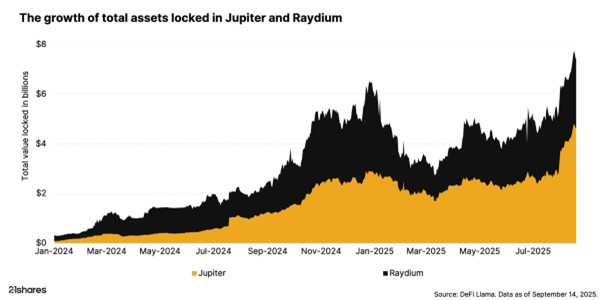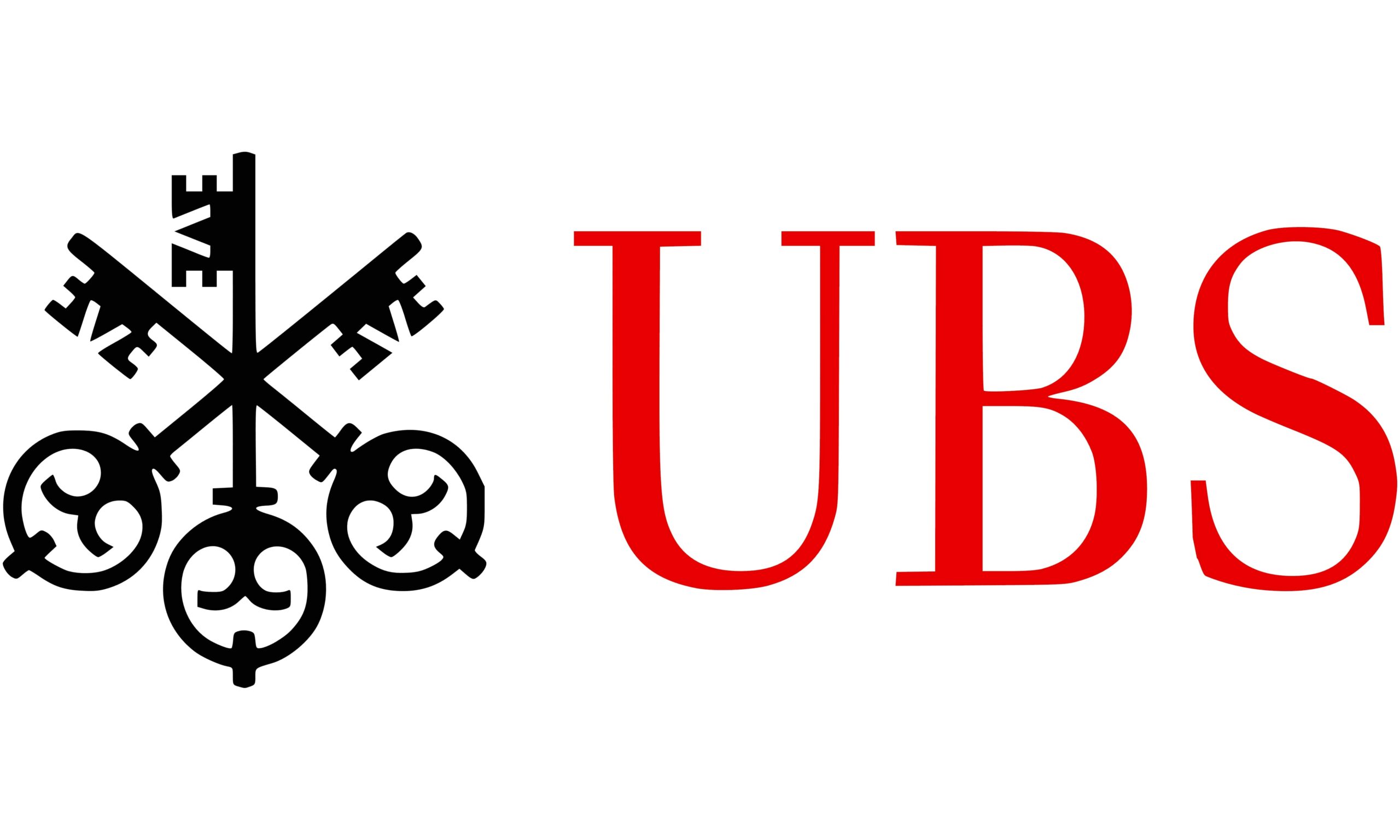The overwhelming influence of G-3 (U.S., Japan, and Europe) monetary policy has been the dominant theme in emerging markets debt this year, and September was no exception. U.S. interest rate volatility leading up to the Federal Reserve (the “Fed”) meeting impacted hard currency bonds, while local currency sovereign bonds were boosted by stronger currencies and lower local interest rates. Overall, accommodative policies and contained inflation continue to provide support, and all sectors of emerging markets debt produced positive returns in September. Emerging Markets Bonds Continue To Rally.
Rate Volatility and Curve Steepening
Interest rate volatility was a primary concern in September as the market grappled with the possibility that the major developed market central banks might be on the verge of policy shifts. The European Central Bank and the Bank of Japan versions of quantitative easing are both under review and the anticipated impact of reversals or tapers led to steeper curves. In the U.S., the Fed remained on hold, as expected, but took a more hawkish tone with regard to the likelihood of a single hike before yearend. Even so, the scaled back rate expectations of Fed governors in the “dot plot” showed only two potential hikes in 2017.
Emerging Markets Credit Developments
Amid the focus on developed market central bank actions, there were several notable credit stories in emerging markets. After the political events of the summer, Turkey lost its investment grade status following a downgrade by Moody’s Investors Service. Some forced selling of Turkish hard currency sovereign bonds will likely occur due to its removal from investment grade indices at the end of October. Hungary, by contrast, regained investment grade status following an upgrade by Standard & Poor’s (S&P), which may support additional inflows in coming months. Turkish spreads widened while spreads on Hungarian sovereign bonds tightened. We continue to have conviction in higher quality hard currency sovereign bonds, and believe they can offer an attractive yield pickup versus core investment grade fixed income sectors, without excessive risk.
On the corporate side, Petroleos de Venezuela S.A. (PDVSA) was downgraded further into junk territory by S&P following the announcement of a proposed debt swap that could be characterized as a distressed exchange. Although a successful swap would buy time by reducing 2017 maturities, clearly the PDVSA and sovereign bonds continue to price in a very high risk of default with yields ranging between 15% and 50% (annualized for shorter maturity bonds in the latter case). The high current yields on the bonds coupled with a price recovery this year as Venezuela continues to apply band aids to its longer term structural problems, have made the country a top performer in the hard currency space year-to-date. In addition, Brazil’s Petróleo Brasileiro S.A. (Petrobras) announced a new spending plan through 2021 that aims to regain investment grade status by reducing leverage, primarily through an ongoing asset sale program.
The mixed ratings actions, and more generally the mixed data through the month reflect the economic diversity within emerging markets. There were inflation upside and downside surprises in September, and although Mexico hiked rates many emerging markets central banks currently appear to favor further easing. Both Indonesia and Russia cut rates, and Brazil may be poised for rate cuts later this quarter. Overall, the fundamental picture in emerging markets continues to brighten, given that real GDP growth is expected to recover this year to 3.9% and further accelerate in 2017, and current account balances are improving as exports increase.
Strong Local Currency Performance As Rates Remain Steady
Returns in the emerging markets debt space have so far in 2016 ranked commensurately with risk. More specifically, local debt has been the top performer, with a total return of 17.08% YTD after a very strong September (2.02%). Although local sovereigns are lower duration by nearly two years versus U.S. dollar sovereigns, currency risk has tended to be a major factor in volatility and returns (though currency movements explain only about 40% of this year’s return through the end of September). Hard currency corporate debt has actually lagged hard currency sovereign debt, but when one considers the greater than two year duration difference between the asset classes in a year when U.S. Treasury yields have moved significantly lower, the performance difference makes sense. In both the sovereign and corporate hard currency space, high yield has performed significantly better than investment grade.
South Africa, Colombia, and Russia were the top performing countries in the local space, while the Philippines, Mexico, and Malaysia posted negative returns, mostly on currency weakness. In contrast to most emerging markets currencies, the Mexican peso has depreciated 11% against the U.S. dollar. In addition to sluggish economic growth, much of the weakness has been attributed to the upcoming U.S. presidential election and the consequences of a potential Trump presidency. Further volatility is possible over the next month.
Hard currency bonds were impacted by U.S. rate movements in the first half of the month, but generally recovered by month end. Sovereign bonds returned 0.40%, with many of the riskier names outperforming as a result of both spread tightening and a lower duration versus higher quality issuers, which were more impacted by the steepening of the yield curve. The same was true for corporate bonds, which finished September with a small positive return overall (0.18%) while the high yield segment returned 1.14% for the month. Emerging markets high yield bonds yielded 0.51% more than U.S. high yield bonds at the end of September, and provided a pickup of 80 basis points in option-adjusted spread terms. The spread advantage tightened 20 basis fallen angels points during the month, driven largely by an influx of Turkish bank “fallen angels” entering the BofA Merrill Lynch Diversified High Yield US Emerging Markets Corporate Plus Index (EMLH or the “Index”). Although these bonds are tighter than the rest of the overall Index, we believe these bonds are trading at spreads that are attractive for BB rated bonds.
Looking Ahead: December Rate Hike Coming into Focus
As we enter the fourth quarter, given the significant gains in emerging markets debt already achieved this year, one might ask: Where do we go from here? Near term uncertainty will likely come from the approaching U.S. elections, the continued positioning of Organization of Petroleum Exporting Countries (OPEC) members and the resulting impact on oil prices, and the precarious capital positions of some European banks. Most significantly, the prospect of a December rate increase in the U.S. will increasingly come into focus. However with a liquidity backdrop that is still very supportive, yields that remain attractive, and fundamentals that continue to improve, we believe that the investment case for emerging markets debt is not likely to be diminished with the next rate hike.
September 2016 1-Month Total Returns by Country
(Click to enlarge) Source: FactSet as of 9/30/2016. Not intended to be a forecast of future events, a guarantee of future results or investment advice. Current market conditions may not continue.
RELATED FUNDS
VanEck VectorsTM ETFs
CBON
ChinaAMC China Bond ETF
EMAG
Emerging Markets Aggregate Bond ETF
EMLC
J.P. Morgan EM Local Currency Bond ETF
HYEM
Emerging Markets High Yield Bond ETF
IGEM
EM Investment Grade + BB Rated USD Sovereign Bond ETF
IHY
International High Yield Bond ETF
VanEck Funds
EMBAX
Unconstrained Emerging Markets Bond Fund: Class A
Fran Rodilosso Head of Fixed Income ETF Portfolio Management
Portfolio Manager for Fixed Income ETFs
Oversees the Fixed Income ETF team; responsible for portfolio strategies, as well as credit and market analysis; specializes in international bond markets
Investment Management Team member since 2012
Prior to joining VanEck, Managing Director of Global Emerging Markets with The Seaport Group; launched the firm’s emerging markets fixed income sales and trading business
Previously held portfolio management positions at Greylock Capital and Soundbrook Capital; focused on corporate high-yield and distressed bonds with an emphasis on emerging markets
Earlier career experience includes senior fixed income trading positions at Credit Lyonnais and HSBC
Quoted in Financial Times, Barron’s, and ETF Trends, among others
CFA charterholder; member of New York Society of Security Analysts
MBA (with distinction), Finance, The Wharton School of Business, University of Pennsylvania; AB, History, Princeton University

 Nyheter3 veckor sedan
Nyheter3 veckor sedan
 Nyheter4 veckor sedan
Nyheter4 veckor sedan
 Nyheter4 veckor sedan
Nyheter4 veckor sedan
 Nyheter4 veckor sedan
Nyheter4 veckor sedan
 Nyheter2 veckor sedan
Nyheter2 veckor sedan
 Nyheter3 veckor sedan
Nyheter3 veckor sedan
 Nyheter2 veckor sedan
Nyheter2 veckor sedan
 Nyheter4 veckor sedan
Nyheter4 veckor sedan
